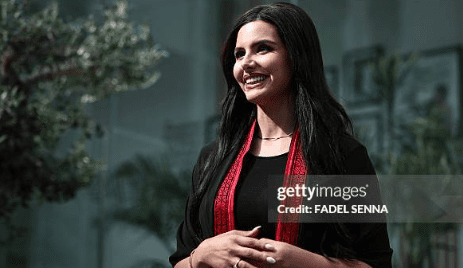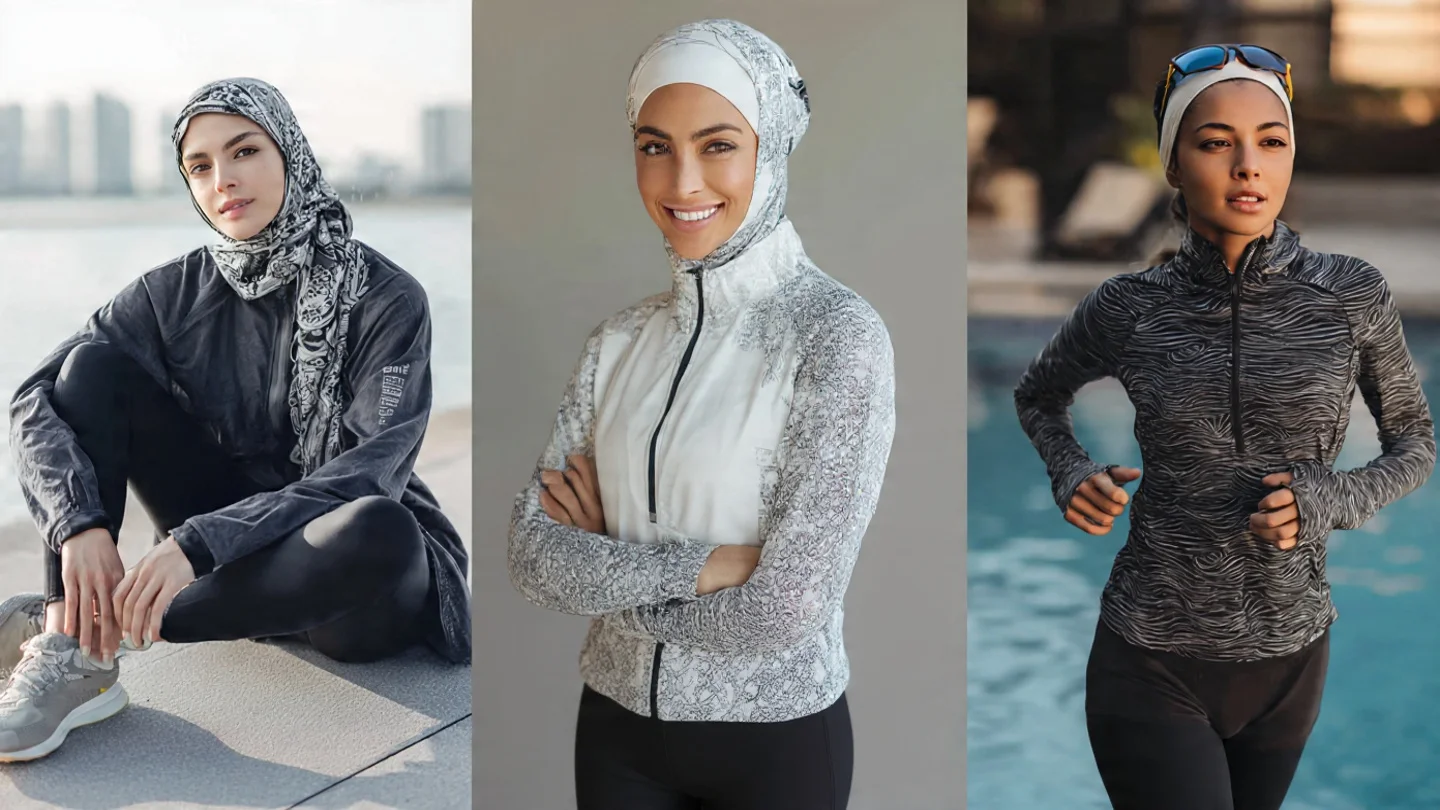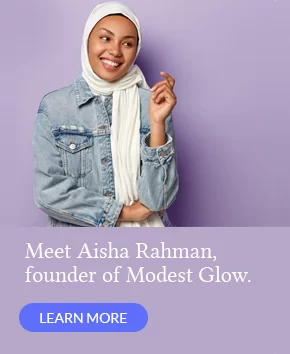Being a teenager can be a transformative and challenging phase of life, and for young Muslim women, it often comes with unique experiences and struggles. In a society that sometimes misunderstands and misrepresents their faith, teenage Muslimahs are finding empowerment through embracing their identity and fighting for their rights.
For many teenage Muslimahs, the decision to become a hijabi and wear a headscarf is not just a religious practice but a conscious choice to challenge societal norms and explore their faith. By adhering to modest clothing and embracing hijab, they carve a space for themselves where they can freely express their beliefs and values.
Wearing hijab is not just about physical appearance; it’s a declaration of personal liberty in a world that often objectifies women based on their looks. By choosing to veer away from conventional beauty standards, teenage Muslimahs transcend the notion that a woman’s worth is determined solely by her physical appearance, proving that strength, intelligence, and character hold greater value.
Empowerment for Muslim girls goes beyond the adornment of hijab. They actively engage in youth activism, advocating for human rights and women’s empowerment. By breaking stereotypes and challenging misconceptions, teenage Muslimahs emphasize their strength, passion, and power to fight for their rights and make positive change in their communities.
Key Takeaways
- Embracing hijab is a liberating experience for many teenage Muslimahs.
- Wearing hijab challenges societal beauty standards and objectification of women.
- Teenage Muslimahs actively engage in youth activism, advocating for their rights.
- Hijab is a declaration of personal liberty and an expression of faith.
- By embracing their identity, teenage Muslimahs inspire others and break stereotypes.
The Empowerment of Hijab: A Study of Muslim Women in America
A qualitative study conducted at Smith College explored the experiences of Muslim women who practice hijab in America. The study aimed to understand the empowerment that hijab brings to these women, and how it contributes to their overall sense of identity and self-expression. The findings shed light on the ways in which hijab challenges stereotypes and allows Muslim women to break free from societal norms.
Challenging Stereotypes through Identity Expression
One of the key findings of the study was that the practice of hijab provided women with a means to challenge mainstream Western images of empowered women. By consciously choosing to wear hijab, Muslim women were able to express their unique identity as confident and self-assured individuals, breaking free from the stereotypical portrayal of Muslim women in the media. Hijab became a symbol of empowerment and resistance against societal expectations.
A Positive Body Image and Self-Determination
The study also revealed that wearing hijab contributed to a positive body image among the participants. Hijab allowed them to focus less on physical appearances and more on qualities such as intelligence, character, and inner strength. Women reported feeling empowered by the control they had over their physical selves and by the confidence that came with expressing their faith through hijab. Rather than being seen as an oppressive garment, the hijab became a tool for self-determination.
Conscious Choice and Female Agency
Contrary to common misconceptions, the study found that the decision to wear hijab was not influenced by male control or societal pressure. Instead, it was seen as a conscious choice made by the women themselves. By actively choosing to wear hijab, they were able to assert their agency and challenge societal expectations. This finding highlights the importance of recognizing and respecting the autonomy of Muslim women in matters of personal expression and faith.
Dispelling Stereotypes and Educating Society
The study’s findings underscore the need for social work education and practice to consider alternative forms of female empowerment in order to dispel negative stereotypes about Muslim women and hijab. By promoting a more nuanced understanding of Islamic feminism and embracing the diverse experiences of Muslim women, society can work towards breaking down barriers and fostering inclusivity.
| Key Findings | Implications |
|---|---|
| Hijab challenges mainstream Western images of empowered women | Recognition and celebration of diverse forms of empowerment |
| Hijab contributes to a positive body image | Empowerment through self-acceptance and focusing on inner qualities |
| The decision to wear hijab is a conscious choice | Respecting women’s agency and autonomy |
| Education is key to dispelling stereotypes | Creating a more inclusive and understanding society |
Overall, this study provides valuable insights into the empowerment experienced by Muslim women who practice hijab in America. By understanding and acknowledging the agency, identity expression, and positive body image associated with hijab, we can work towards breaking stereotypes and fostering empowerment for Muslim women in society.
The Journey towards Empowerment: Malala Yousafzai’s Inspiring Story
Malala Yousafzai, a teenage Muslimah, became a global symbol of empowerment when she survived an assassination attempt by the Taliban due to her advocacy for girls’ education.
Despite the attack, Malala remained committed to her cause and continues to use her voice to fight for the right to education for every child.
Malala’s story is a testament to the power of education in empowering teenage Muslimahs and challenging societal norms.
She promotes the idea that education is the key to achieving peace and prosperity and emphasizes the importance of unity and togetherness in bringing about social change.
Malala Yousafzai’s Journey:
“I speak not for myself but for those without voice… those who have fought for their rights… their right to live in peace, their right to be treated with dignity, their right to equality of opportunity, their right to be educated.”
| Key Milestones | Impact |
|---|---|
| Advocacy for girls’ education | Inspired millions to value and prioritize education as a tool for empowerment |
| Surviving assassination attempt | Shed light on the challenges faced by young Muslimahs and ignited a global movement for girls’ rights |
| Winning the Nobel Peace Prize | Recognized her efforts and accomplishments in advocating for education and gender equality |
Conclusion
The empowerment of teenage Muslimahs is a transformative journey towards freedom and self-expression. By embracing hijab, Muslim girls reclaim their identity, challenging societal stereotypes and expectations. The decision to wear hijab is not just a religious obligation; it is a powerful statement of young Muslim women’s empowerment.
Advocacy and activism play a crucial role in empowering Muslimah youth to fight for their rights and create positive change in their communities. Through their voices, they challenge discrimination, inequality, and injustice. Muslimah youth activism has the power to reshape societal perceptions and promote the values of equality, justice, and peace.
Education is the key to empowering teenage Muslimahs and breaking the cycle of poverty, injustice, and ignorance. By providing access to quality education, we equip young Muslim women with the knowledge and skills they need to shape their own destinies and contribute meaningfully to society. Education empowers them to challenge stereotypes, pursue their dreams, and attain positions of leadership and influence.
By supporting the rights of girls and women, promoting equal opportunities, and fostering understanding, we can create a world where every teenage Muslimah can fully embrace her freedom and thrive. Teenage Muslimahs have the potential to make a significant impact on our global community. It is our collective responsibility to create an inclusive and supportive environment that enables their empowerment and encourages them to become agents of positive change in their communities and beyond.
FAQ
How does wearing hijab empower teenage Muslimahs?
Wearing hijab is seen as a way for teenage Muslimahs to secure personal liberty in a world that often objectifies women and challenges the notion that a woman’s worth is determined by her looks. It allows them to challenge misconceptions about Muslim women and showcase their strength, passion, and power to fight for their rights.
What did the qualitative study conducted at Smith College reveal about hijab and empowerment?
The study found that hijab empowered Muslim women by providing them control over their physical selves and challenging mainstream Western images of empowered women. It also highlighted that hijab was seen as separate from their physical body and generally contributed to a positive body image. The participants believed that wearing hijab was a conscious choice and not influenced by male control.
How has Malala Yousafzai’s story inspired teenage Muslimahs?
Malala Yousafzai, a teenage Muslimah, became a global symbol of empowerment when she survived an assassination attempt by the Taliban due to her advocacy for girls’ education. Despite the attack, Malala remained committed to her cause and continues to use her voice to fight for the right to education for every child. Her story emphasizes the power of education in empowering teenage Muslimahs and challenging societal norms.
Why is education important in empowering teenage Muslimahs?
Education is the key to empowering teenage Muslimahs and breaking the cycle of poverty, injustice, and ignorance. It equips them with knowledge and skills to advocate for their rights and create positive change in their communities. By supporting the rights of girls and women, promoting equality, and fostering understanding, we can create a world where every teenage Muslimah can fully embrace her freedom and thrive.
Source Links
- https://www.nytimes.com/2012/07/14/opinion/the-freedom-of-the-hijab.html
- The Challenges of Being a Muslim Woman
- Navigating Challenges Faced by Muslimahs Today















